How do water and hydrogen interact in planetary evolution? This is what a recent study published in The Astrophysical Journal Letters hopes to address as a | Space
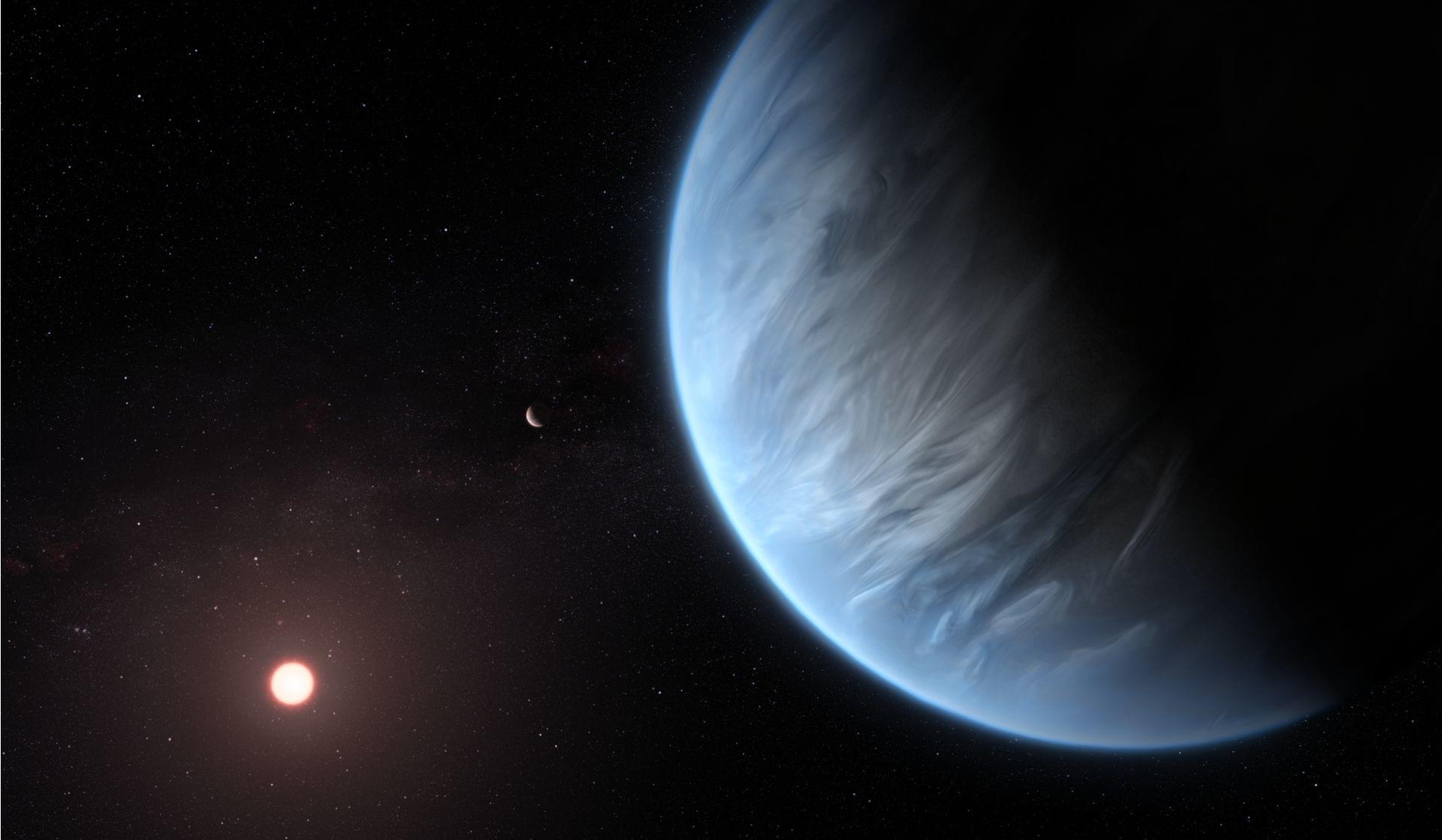

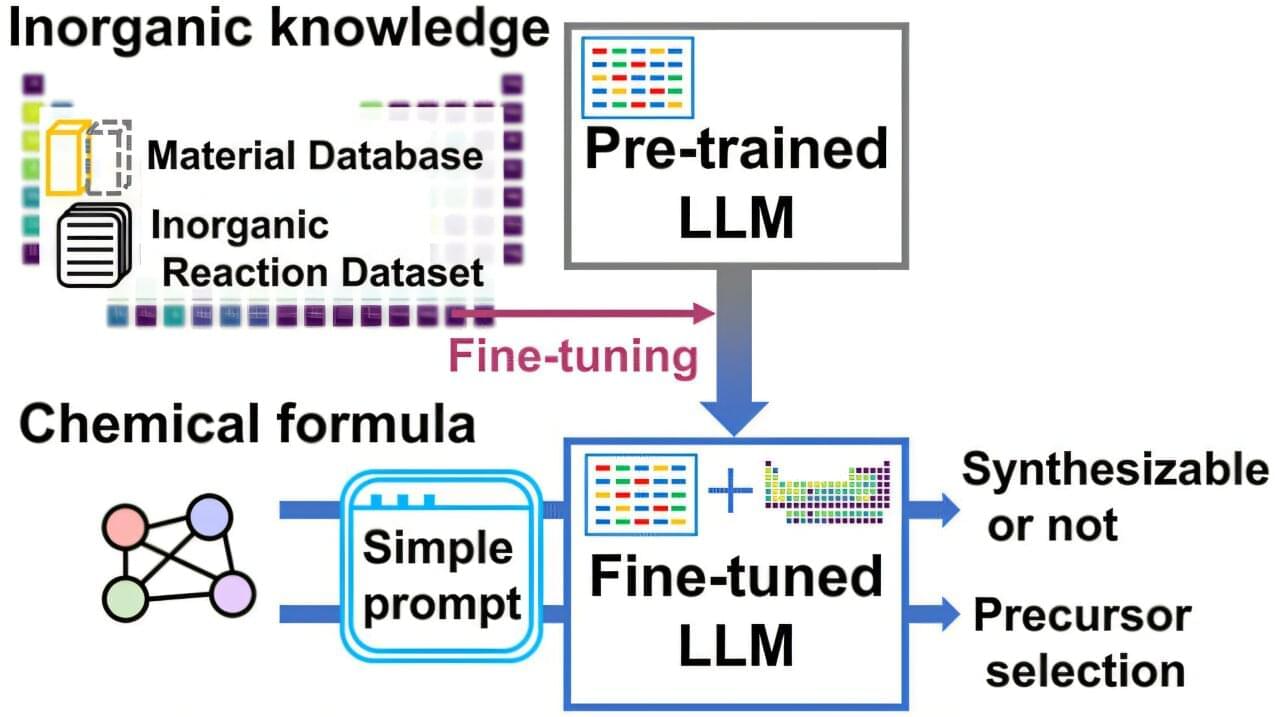
A research team has successfully developed a technology that utilizes Large Language Models (LLMs) to predict the synthesizability of novel materials and interpret the basis for such predictions. The team was led by Seoul National University’s Professor Yousung Jung and conducted in collaboration with Fordham University in the United States.
The findings of this research are expected to contribute to the novel material design process by filtering out material candidates with low synthesizability in advance or optimizing previously challenging-to-synthesize materials into more feasible forms.
The study, with Postdoctoral Researcher Seongmin Kim as the first author, was published in two chemistry journals: the Journal of the American Chemical Society on July 11, 2024, and Angewandte Chemie International Edition on February 13, 2025.
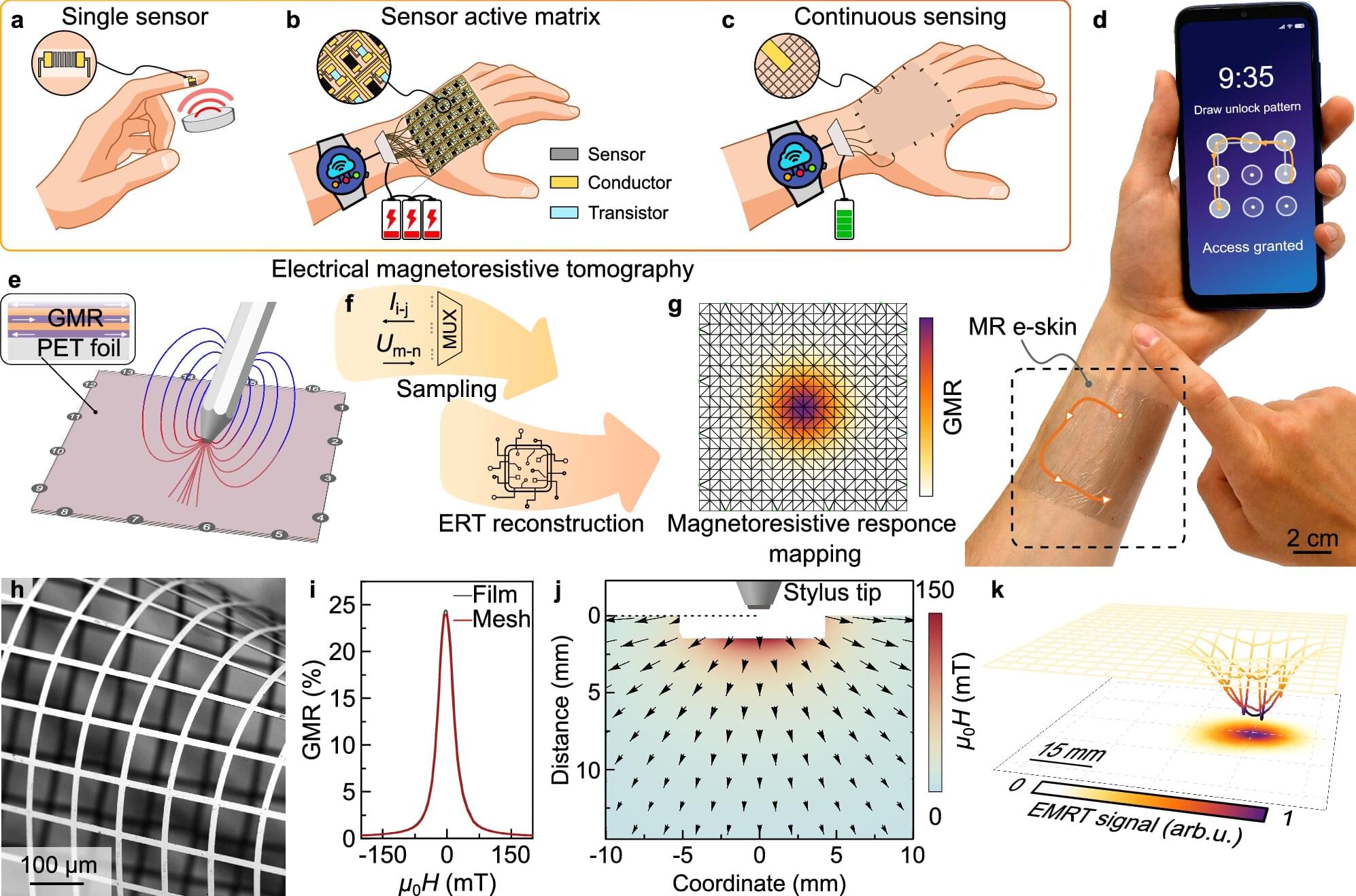
Imagine navigating a virtual reality with contact lenses or operating your smartphone underwater: This and more could soon be a reality thanks to innovative e-skins.
A research team led by the Helmholtz-Zentrum Dresden-Rossendorf (HZDR) has developed an electronic skin that detects and precisely tracks magnetic fields with a single global sensor. This artificial skin is not only light, transparent and permeable, but also mimics the interactions of real skin and the brain, as the team reports in the journal Nature Communications.
Originally developed for robotics, e-skins imitate the properties of real skin. They can give robots a sense of touch or replace lost senses in humans. Some can even detect chemical substances or magnetic fields. But the technology also has its limits. Highly functional e-skins are often impractical because they rely on extensive electronics and large batteries.
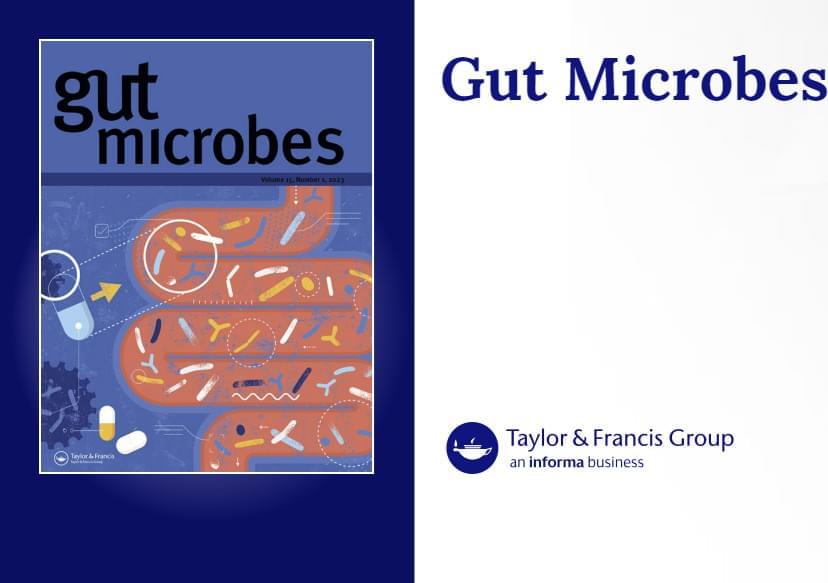
The first couple of months of life is a critical window for microbiome development. Several factors, such as mode of delivery, diet, environment, and the use of antibiotics, shape a child’s gut microbiota, which can have a profound impact on childhood development and lifelong health. For example, recent studies suggest that infants whose microbiome development is disrupted via cesarean section delivery, early antibiotic use, limited breastfeeding, or other factors are at greater risk for asthma and allergies, respiratory infections, inflammatory bowel disease (IBD), type 1 diabetes, and obesity. Citation 14, Citation 15 The assembly of the infant microbiome is first determined by maternal – infant exchanges of microbiota. Citation 16 Therefore, optimizing the maternal microbiome during pregnancy is likely part of a comprehensive approach to protect and promote the fetus’s health and provide the newborn with a specific microbial inoculum at birth. Citation 14, Citation 17 After birth, maternal breast milk promotes the colonization and maturation of the infant’s gut microbiome. Human milk contains a high concentration of indigestible glycans, known as HMOs which can act as growth substrates for beneficial Bifidobacteria to support the early founder strains of the infant microbiome. Citation 18, Citation 19 In addition, HMOs extert several microbiome-independent mechanism such as serving as decoy receptors to effectively block the attachment of pathogenic bacteria and directly interacting with various receptors. Citation 20 The infant microbiome evolves and diversifies further throughout life in response to whether an infant is breastfed, or formula-fed and which type of formula is used. The weaning period (i.e. the introduction of solid food at around 4–12 months) represents another important window of opportunity to positively impact the development of the microbiome as the bacterial community needs to adapt to digest dietary fibers. Studies linking low gut microbial diversity and the lack of specific bacteria to atopic dermatitis emphasize the first 18 month as a critical window period. Citation 21 Complete gut colonization then occurs within approximately 3 years of life and plays an essential role in further digestion, immunity and neuroendocrine pathway development. Citation 22, Citation 23 In cases where antibiotic treatment is necessary, biotic supplements (i.e. pre, pro, syn or postbiotics) have been shown to lessen the deleterious impact of antibiotics on the infant gut microbiome. Citation 24, Citation 25
In healthy adults, the gut microbiome is fully developed and designed to maintain overall balance while promoting its own survival against environmental stressors, with microorganisms engaging in complex interactions. Recent high-resolution studies examining microbiome composition before, during, and after antibiotic use at the individual gene x strain level demonstrate the remarkable adaptability or ‘fitness’ of gut microbial ecosystems. Citation 26, Citation 27 A healthy and fully functional ecosystem primarily aims to preserve its balance, with ecological diversification playing a crucial role in shaping the genetic structure of resident populations to defend against competition and external disruptors and stressors. Citation 27, Citation 28 Thus, intestinal bacterial ecosystems seem to carry an inherent ecological resilience helping to protect both, themselves and as a consequence their host’s health. This resilience seems to be driven by two main factors: a more diverse microbiome appears generally better at preserving its own balance; Citation 29, Citation 30 and 2) a highly collaborative and interdependent nature of microbial communities seems to play a key role in ecological resilience. In a healthy state, different species work together in a balanced and mutually beneficial way through mechanisms like crossfeeding of various microbial nutrients beyond SCFAs and other forms of metabolic cooperation to stabilize bacterial communities under varying environmental conditions. Citation 31 Understanding these mechanisms across all life stages, from infancy to adulthood to old age, while accounting for the variability in adult microbiome profiles shaped by factors such as genetics, diet, lifestyle, and environmental exposures Citation 32–35 will likely enable the design of better-tolerated and more precise interventions. These interventions could holistically target the functionality of microbiome networks rather than focusing solely on individual species or strains and, thus, allow to tap into the endogenous biochemical pathways that act to maintain bacterial homeostasis.
The large diversity of the adult microbiome, however, presents a notable challenge. A previous comprehensive investigation involving over 1,000 healthy individuals from diverse ancestral backgrounds living in shared environments provided interesting insights. It showed that genetic ancestry has minimal influence on gut microbiome composition. Instead, notable similarities were found in the microbiomes of unrelated individuals sharing the same household with over 20% of the differences in microbiome composition between individuals attributed to factors such as habitual diet, medication use, and anthropometric measurements. Citation 36 This is supported by findings from controlled-feeding studies in humans Citation 35 Citation 37 For example, microbiome composition changed detectably within 24 h of initiating a high-fat/low-fiber vs. a low-fat/high-fiber diet Citation 37 despite entrotype stability.
Scientists analyzing pulverized rock onboard NASA’s Curiosity rover have found the largest organic compounds on the red planet to date. The finding, published Monday in the Proceedings of the National Academy of Sciences, suggests prebiotic chemistry may have advanced further on Mars than previously observed.
Scientists probed an existing rock sample inside Curiosity’s Sample Analysis at Mars (SAM) mini-lab and found the molecules decane, undecane, and dodecane. These compounds, which are made up of 10, 11, and 12 carbons, respectively, are thought to be the fragments of fatty acids that were preserved in the sample. Fatty acids are among the organic molecules that on Earth are chemical building blocks of life.
Living things produce fatty acids to help form cell membranes and perform various other functions. But fatty acids also can be made without life, through chemical reactions triggered by various geological processes, including the interaction of water with minerals in hydrothermal vents.

New research led by a York University professor sheds light on the earliest days of Earth’s formation and potentially calls into question some earlier assumptions in planetary science about the early years of rocky planets. Establishing a direct link between Earth’s interior dynamics occurring within the first 100 million years of its history and its present-day structure, the work is one of the first in the field to combine fluid mechanics with chemistry to better understand Earth’s early evolution.
The study is published in the journal Nature.
“This study is the first to demonstrate, using a physical model, that the first-order features of Earth’s lower mantle structure were established four billion years ago, very soon after the planet came into existence,” says lead author Faculty of Science Assistant Professor Charles-Édouard Boukaré in the Department of Physics and Astronomy at York.
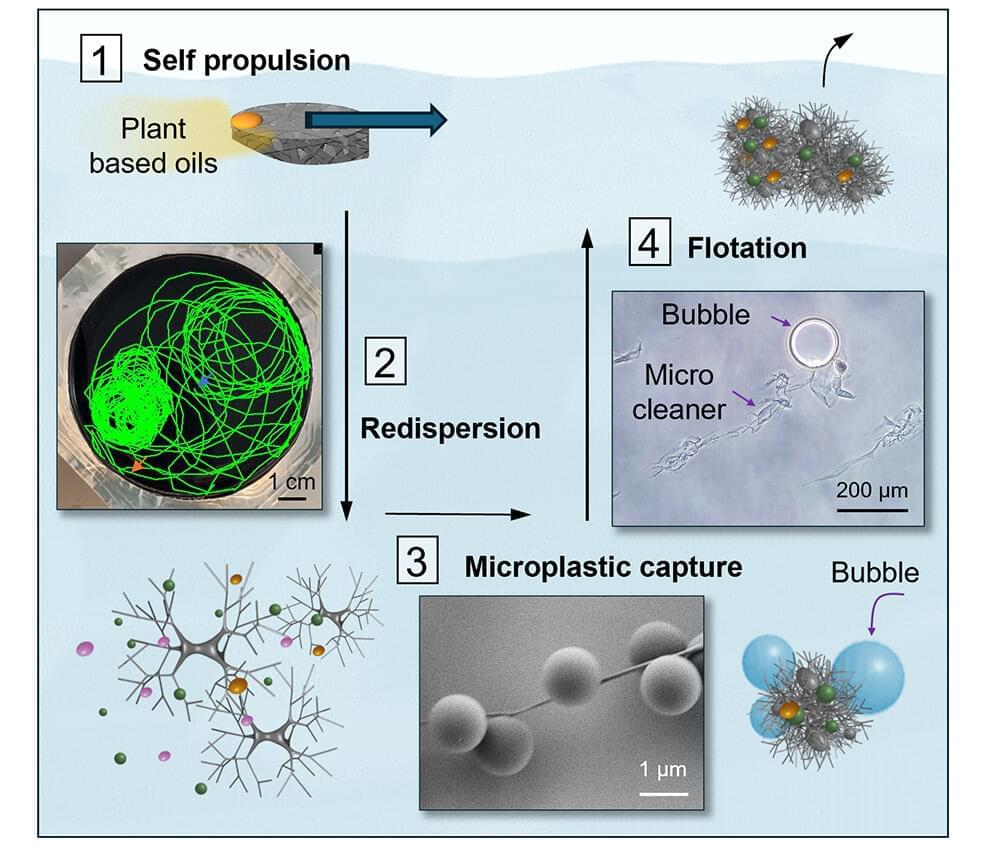
In a new paper, researchers at North Carolina State University show proof of concept for a system that—in a single cycle—actively removes microplastics from water.
The findings, described in the journal Advanced Functional Materials, hold the potential for advances in cleansing oceans and other bodies of water of tiny plastics that may harm human health and the environment.
“The idea behind this work is: Can we make the cleaning materials in the form of soft particles that self-disperse in water, capture microplastics as they sink, and then return to the surface with the captured microplastic contaminants?” said Orlin Velev, the S. Frank and Doris Culberson Distinguished Professor of Chemical and Biomolecular Engineering at NC State and corresponding author of the paper.
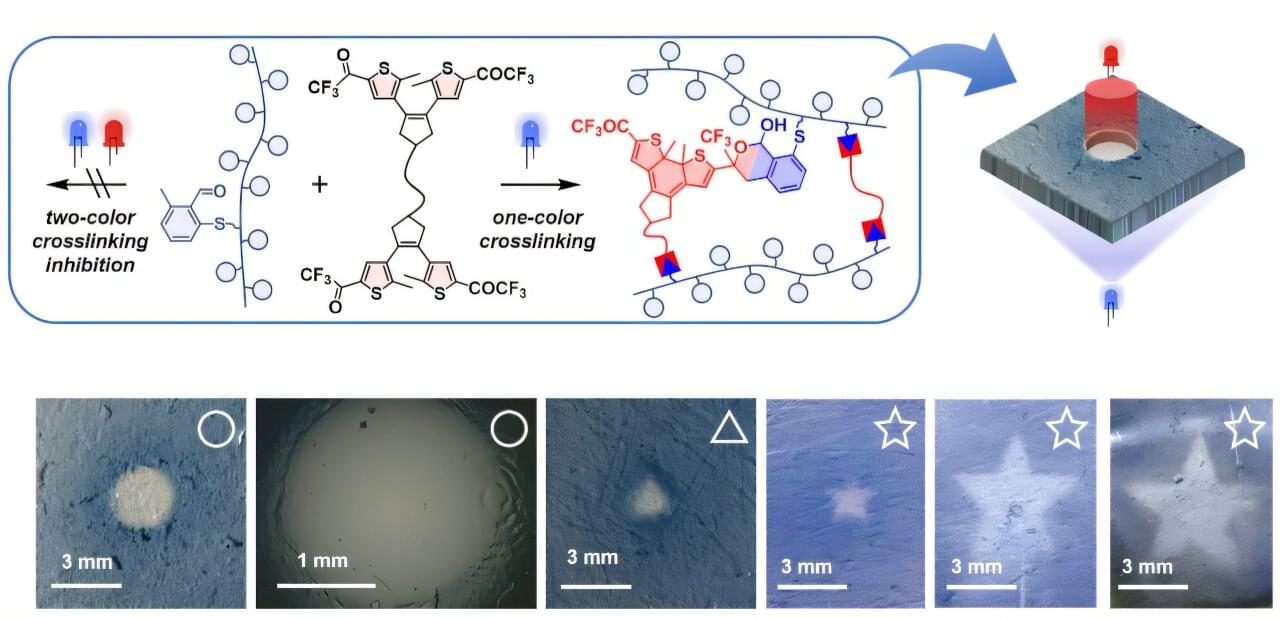
Researchers at the UAB have developed a new chemical reaction to form solid polymeric networks using light (photocuring) which will allow the preparation of solid materials with controlled shapes measuring under a thousandth of a millimeter. The research is key for the development of new, performance-enhanced lithographic and 3D printing techniques.
At present, 3D printing is an increasingly widespread and accessible technology, typically involving the formation of solid polymeric materials in a specific region, either by extruding pre-formed polymers or by generating them in situ from their corresponding monomers, the molecules that make up polymers.
However, these techniques often suffer from several drawbacks, such as long printing times or low resolution, preventing the production of printed materials with micrometric dimensions.
NASA’s Curiosity rover has unearthed the largest organic molecules ever detected on Mars—possible fragments of fatty acids—hinting at the tantalizing possibility that prebiotic chemistry on the Red Planet may have been more advanced than previously thought. Found in a sample from Gale Crater’s Ye
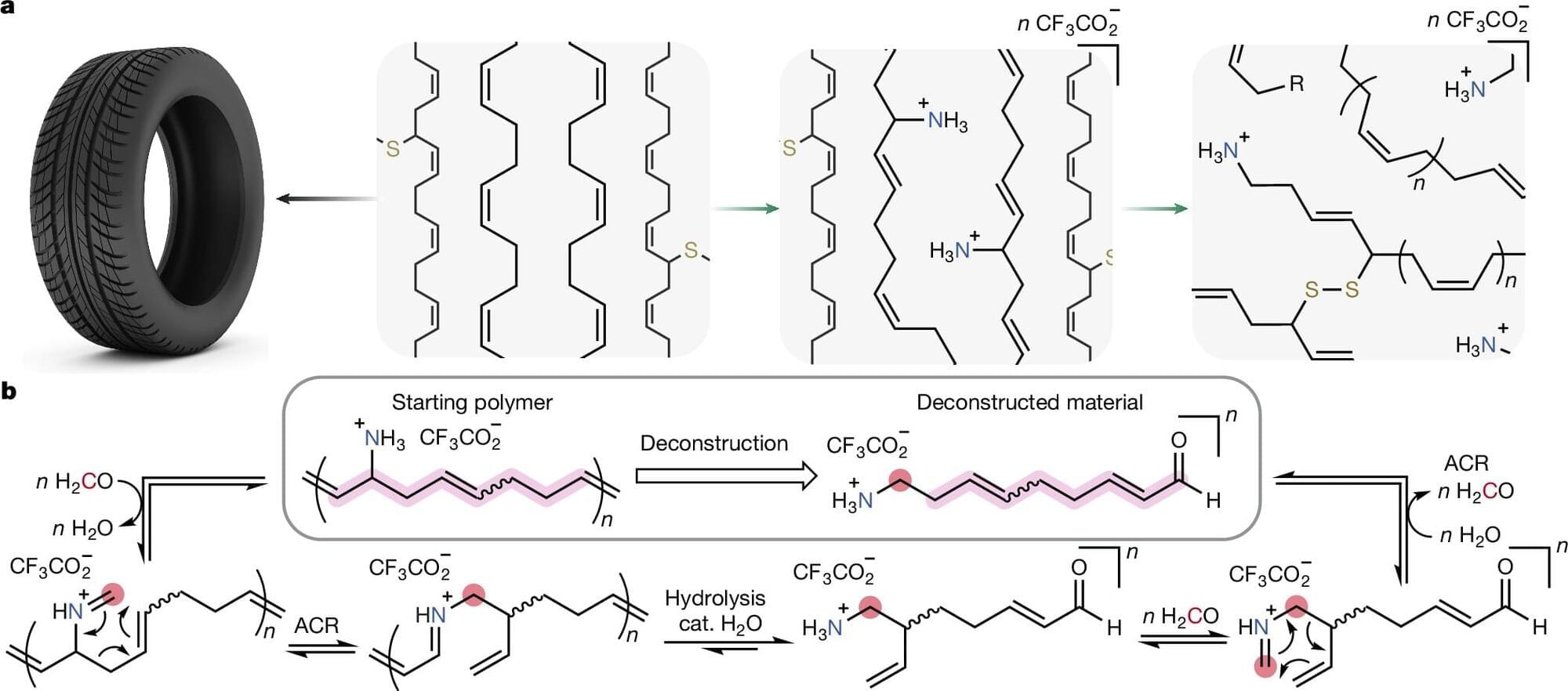
Every year, millions of tires end up in landfills, creating an environmental crisis with far-reaching consequences. In the United States alone, over 274 million tires were scrapped in 2021, with nearly 20% of them being discarded in landfills. The accumulation of these waste materials presents not only a space issue but also introduces environmental hazards, such as chemical leaching and spontaneous combustion.
While pyrolysis—a process that chemically recycles rubber through high-temperature decomposition—is widely used, it generates harmful byproducts like benzene and dioxins, posing health and environmental risks.
A study titled “Deconstruction of Rubber via C–H Amination and Aza-Cope Rearrangement,” published in Nature, introduces a novel chemical method for breaking down rubber waste. This technique utilizes C–H amination and a polymer rearrangement strategy to transform discarded rubber into valuable precursors for epoxy resins, offering an innovative and sustainable alternative to traditional recycling methods.